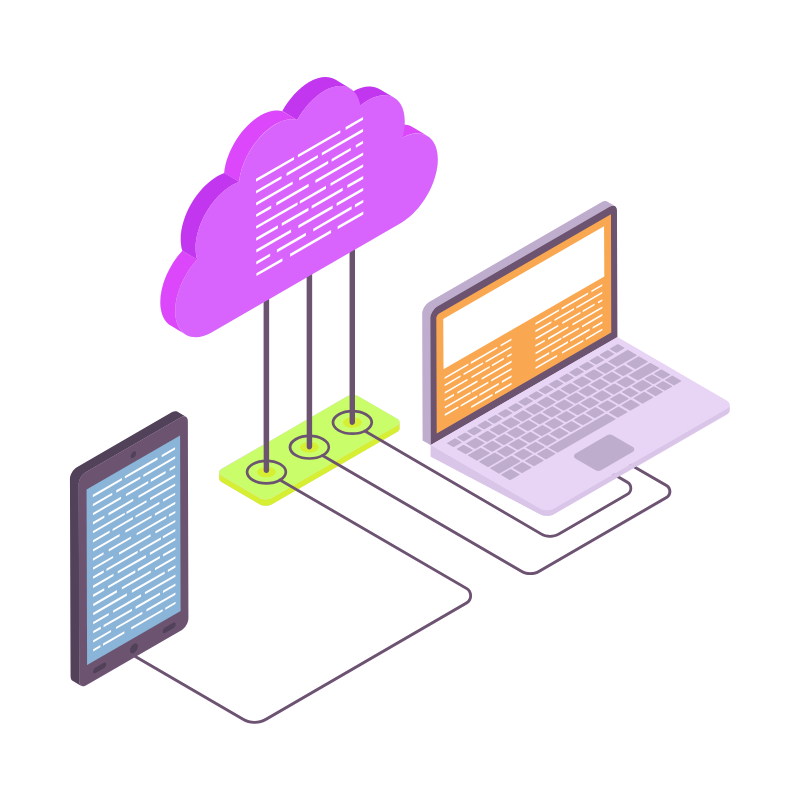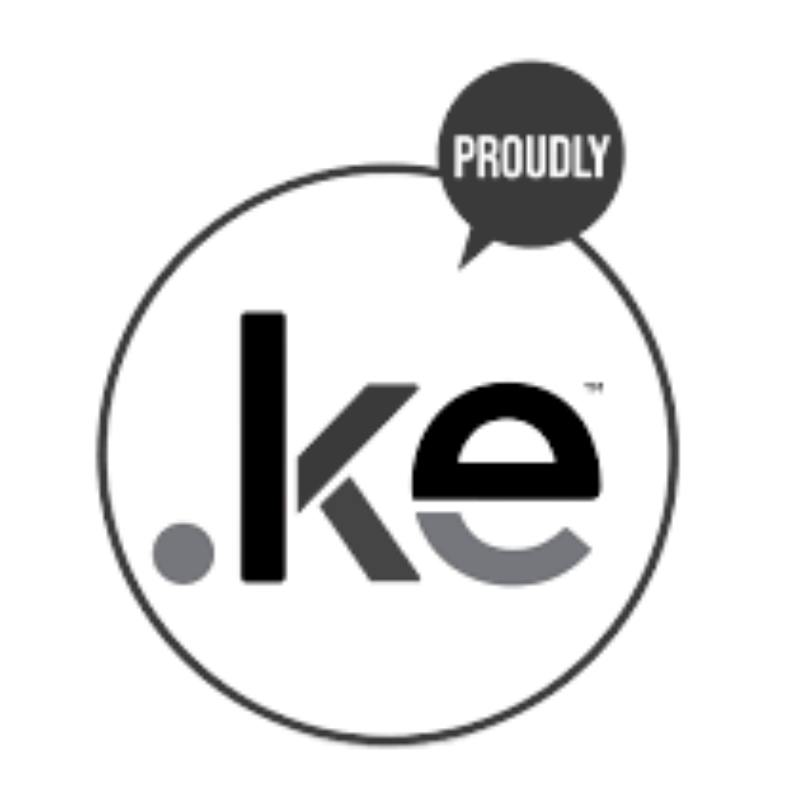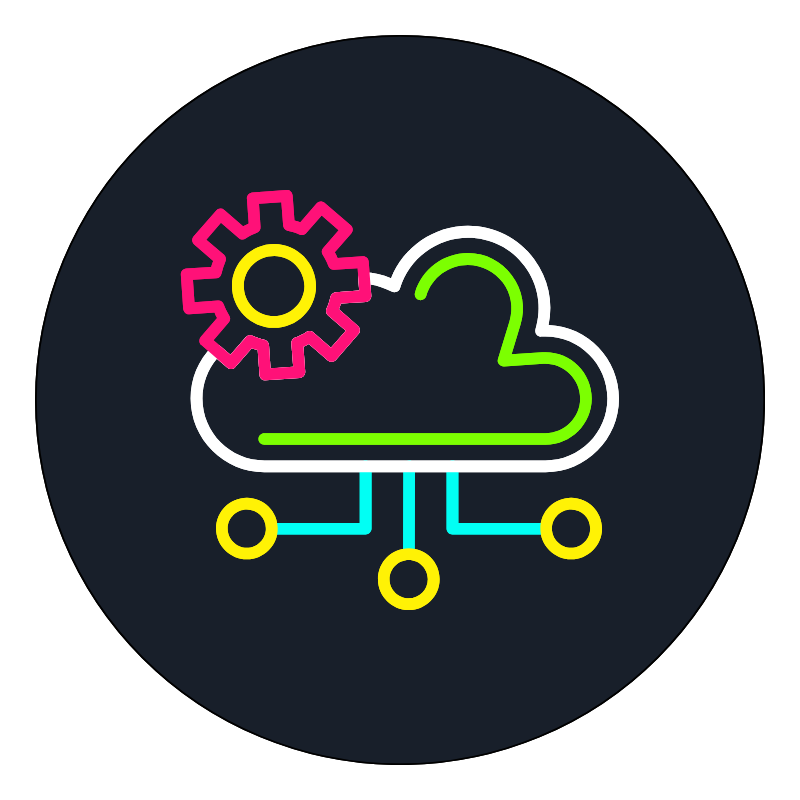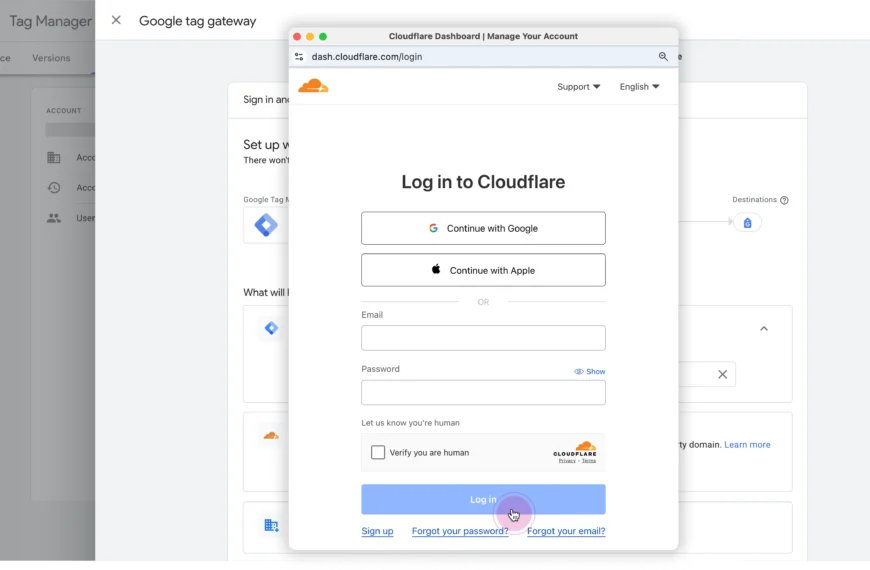Kenya’s healthcare system swapped the National Health Insurance Fund (NHIF) for the Social Health Insurance Fund (SHIF) on October 1, 2024.
You’re probably curious about what this means for your contributions. Let’s break down the SHIF rates—the key focus here—based on the facts as of 2025.
This blog post lays out the numbers plainly. No fluff, just the details on how much you pay if you’re salaried or non-salaried, plus a look at how it stacks up against NHIF.
I’ve kept it simple with tables, examples, and short sections. You’ll see exactly what’s changed since the old system. Ready to dig in?
What Are SHIF Rates?
The Basics
SHIF rates are your monthly payments to the Social Health Insurance Fund.
They’re set at 2.75% of your income — gross salary if you’re employed, or annual household income if you’re not.
There’s a minimum of KES 300 per month, no matter what, and there’s no maximum cap.
When It Started
The switch happened on October 1, 2024, after the Social Health Insurance Act of 2023 got the green light. Legal hiccups delayed things, but the Court of Appeal cleared the path in September 2024.
Why It Exists
SHIF aims to fund healthcare for all Kenyans through three pots: primary care, general insurance, and emergency coverage. It’s a shift from NHIF’s old setup.
SHIF / NHIF Rates for Salaried People
How Much You Pay
If you’ve got a job with a paycheck, you hand over 2.75% of your gross salary each month. Gross means before taxes or cuts. There’s no cap, so the more you earn, the more you pay.
The Minimum
Earn too little for 2.75% to hit KES 300? You still pay KES 300 monthly. It’s the floor for everyone.
How It’s Collected
Your employer takes it out of your salary and sends it to the Social Health Authority (SHA) by the 9th of the next month.
Quick Examples
- Gross salary: KES 50,000
Contribution: 2.75% × 50,000 = KES 1,375 - Gross salary: KES 10,000
Contribution: 2.75% × 10,000 = KES 275, but you pay KES 300
SHIF Rates for Non-Salaried People
Who This Covers
This is for you if you’re self-employed, in the informal sector, or not working a salaried gig. Think farmers, freelancers, or small traders.
Your Contribution
You pay 2.75% of your annual household income — what your whole family earns in a year.
The minimum is KES 300 per month, paid in installments.
Example Breakdown
- Household income: KES 120,000/year
2.75% = KES 3,300
Monthly: KES 3,300 ÷ 12 = ~KES 275, but you pay KES 300
Government Help
If you can’t afford it, the government promises to cover contributions for indigent or vulnerable households. Details on how this works are still fuzzy.
How SHIF Compares to NHIF
The Old Way
NHIF used income brackets. Earn KES 12,000 to KES 19,999? You paid KES 500. Over KES 100,000? KES 1,700 max.
Non-salaried folks paid a flat KES 500.
The New Way
SHIF’s 2.75% scales with your income. No tiers, no cap. Low earners might pay less, high earners definitely pay more.
SHIF vs. NHIF Table
| Monthly Income (KES) | NHIF Rate (KES) | SHIF Rate (KES) |
|---|---|---|
| 6,000 | 300 | 300 (minimum, actual 165) |
| 12,000 | 500 | 330 |
| 20,000 | 600 | 550 |
| 30,000 | 750 | 825 |
| 40,000 | 850 | 1,100 |
| 50,000 | 900 | 1,375 |
| 60,000 | 950 | 1,650 |
| 70,000 | 1,000 | 1,925 |
| 80,000 | 1,200 | 2,200 |
| 100,000 | 1,700 | 2,750 |
Note: Non-salaried NHIF was KES 500 flat. SHIF adjusts but enforces KES 300 minimum monthly.
Payment Rules
Salaried
Your boss handles it. Deduction’s automatic, due to SHA by the 9th of the next month.
Non-Salaried
You declare your household income and pay directly. Deadline’s usually 14 days before the contribution period ends. Miss it, and penalties kick in—2% on unpaid amounts or bigger fines.
What SHIF Funds Cover
Three Pots
Your contributions split into:
- Primary Healthcare Fund: Basic checkups and clinics.
- Social Health Insurance Fund: General medical needs.
- Emergency, Chronic, and Critical Illness Fund: Big issues like cancer or emergencies.
Who’s Covered
You, your spouse, kids under 25 in school, and disabled dependents get benefits.
The Tricky Bits
Low-Income Confusion
For non-salaried folks with low household income, the KES 300 minimum can exceed their 2.75% share. It’s a quirk that’s not fully explained yet.
Enforcement
Penalties for not paying are steep — up to KES 2 million or jail time. Loans are an option if you’re stuck, but it’s unclear how accessible they are.
Wrapping It Up
SHIF rates boil down to 2.75% of your income, with a KES 300 monthly minimum. Salaried folks see it deducted; non-salaried pay based on household earnings. It’s different from NHIF’s brackets—higher for some, lower for others. That’s the deal as of February 26, 2025.
Got questions? Let me know—I’ll track down more answers for you!
 Domain SearchInstantly check and register your preferred domain name
Domain SearchInstantly check and register your preferred domain name Web Hosting
Web Hosting cPanel HostingHosting powered by cPanel (Most user friendly)
cPanel HostingHosting powered by cPanel (Most user friendly) KE Domains
KE Domains Reseller HostingStart your own hosting business without tech hustles
Reseller HostingStart your own hosting business without tech hustles Windows HostingOptimized for Windows-based applications and sites.
Windows HostingOptimized for Windows-based applications and sites. Free Domain
Free Domain Affiliate ProgramEarn commissions by referring customers to our platforms
Affiliate ProgramEarn commissions by referring customers to our platforms Free HostingTest our SSD Hosting for free, for life (1GB storage)
Free HostingTest our SSD Hosting for free, for life (1GB storage) Domain TransferMove your domain to us with zero downtime and full control
Domain TransferMove your domain to us with zero downtime and full control All DomainsBrowse and register domain extensions from around the world
All DomainsBrowse and register domain extensions from around the world .Com Domain
.Com Domain WhoisLook up domain ownership, expiry dates, and registrar information
WhoisLook up domain ownership, expiry dates, and registrar information VPS Hosting
VPS Hosting Managed VPSNon techy? Opt for fully managed VPS server
Managed VPSNon techy? Opt for fully managed VPS server Dedicated ServersEnjoy unmatched power and control with your own physical server.
Dedicated ServersEnjoy unmatched power and control with your own physical server. SupportOur support guides cover everything you need to know about our services
SupportOur support guides cover everything you need to know about our services






